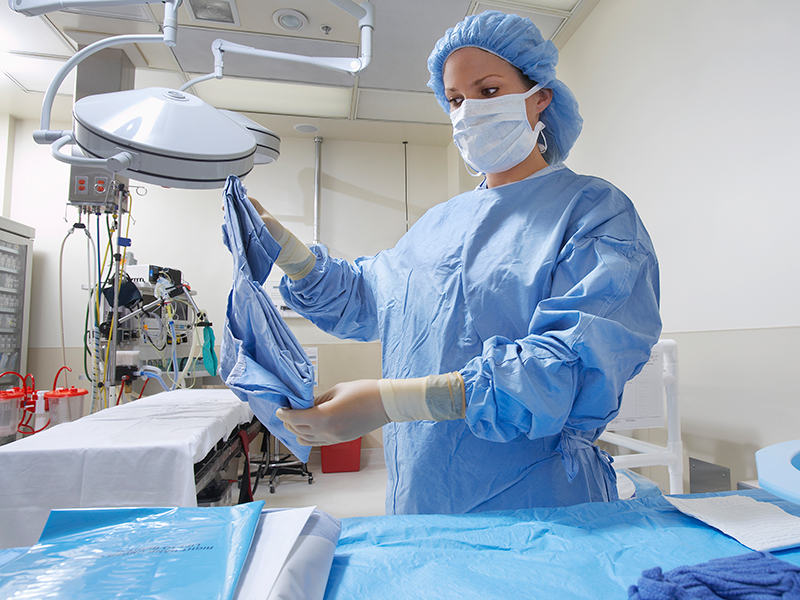Several essential body organs are present in our body, which play a vital role in the functionality of the human body. The eyes are the most sensitive and crucial part of the human body; they help us see everything correctly and do things effectively and efficiently. But with the increase in pollution, touching eyes with dirty hands, injuries, and genetic problems. There are several ways to eliminate these problems, surgical and non-surgical.
In this article, we will discuss the different Eye surgery (ศัลยกรรม ตา, which is a term in Thai) methods. So, let us begin.
How Many Distinct Types Of Eye Surgery Are There?
There are several eye surgical methods are present, as mentioned below:
· Lasik (Laser-Assisted In Situ Keratomileusis):
It is a joint and highly performed surgery that commonly helps resolve eye problems regarding vision, like myopia, hyperopia, and many others. The goal of this surgery is basically to resize the cornea and the transplant for the front part of the eye.
It involves creating a thin corneal flap using mechanical instruments. The surgeon then has access to the tissue underneath for reshaping purposes.
· Cataract Surgery:
It is a joint and widely performed surgery commonly performed to remove the cataract (a white cloudy substance covering the lens) from the eye and replace it with an artificial lens to provide a clear vision.
Phacoemulsification is one of the most frequently utilized procedures for cataract surgery. Utilizing an ultrasonic device to fragment cloudy lenses into fine fragments that are suctioned out via tiny incisions, typically less than 3 mm wide, this procedure is performed via minimal pain to patients, and recovery time is minimal.
· Glaucoma Surgery Processes:
In this surgical process, the main goal is to lower the pressure to avoid significant damage to the optic nerve, which is crucial for providing clear vision. Trabeculectomy and Canaloplasty are the two primary surgical methods for treating glaucoma.
Trabeculectomy is a surgical process in which an artificial drainage channel is created for the aqueous humor to leave the eye. A small flap is created in the sclera to allow fluid to drain into a space known as the bleb, located beneath the conjunctiva.
Canaloplasty is a minimally invasive glaucoma surgery that improves natural drainage without creating full-thickness holes in the eye. The process involves accessing and widening Schlemm’s internal drainage canal.
· Retinal Surgery Processes:
It involves all the treatments of the conditions that affect the retina, including macular holes, retinal detachment, and other retinal disorders.
Removal of Vitreous Humor Vitrectomy is a surgical process to remove vitreous humor from within an eye’s center, the gel-like substance known as vitreous humor, repairing retinal detachment and macular hole closure.




